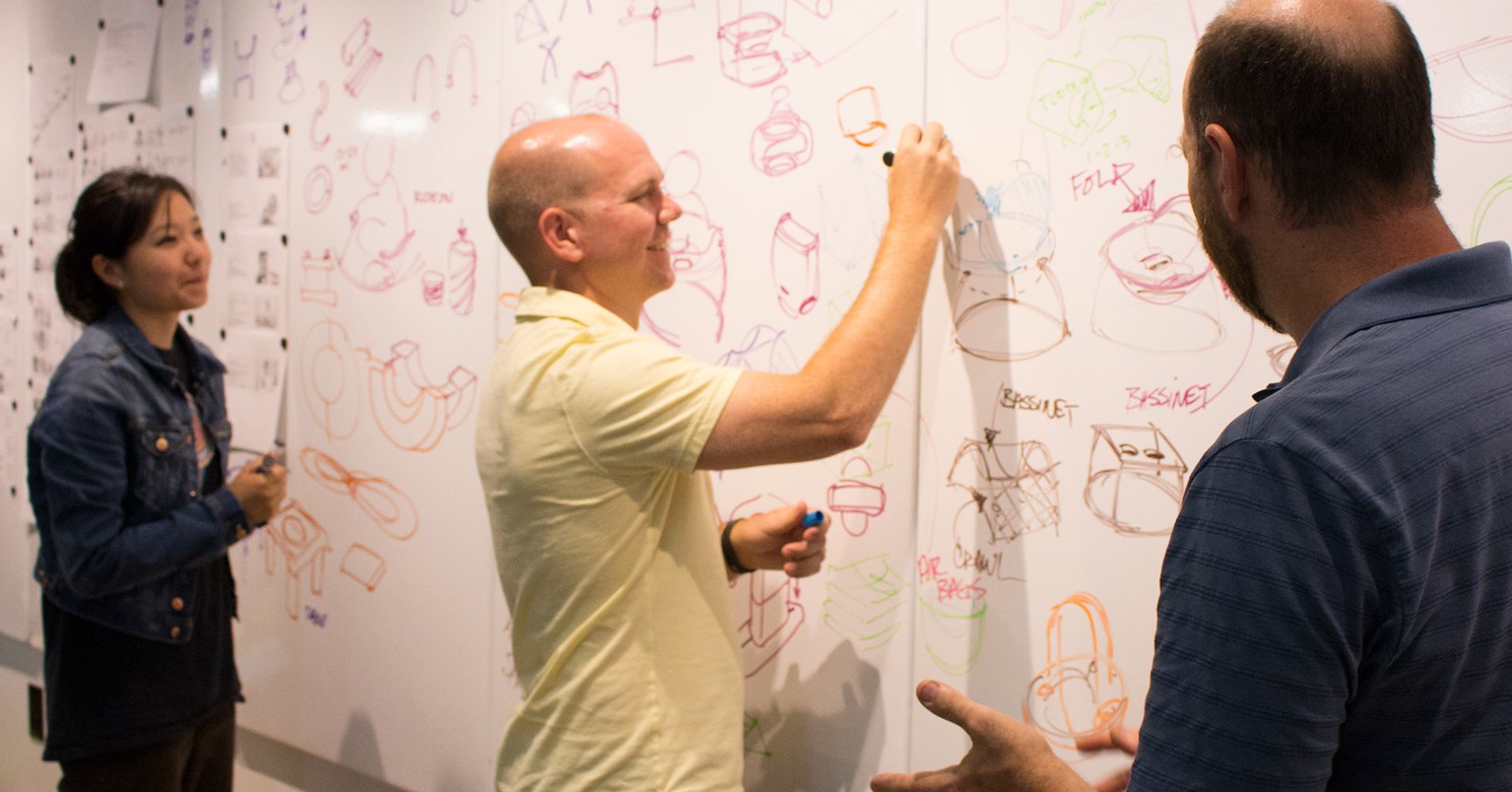<!– –>
Money
Money
4 Hours AgoCNBC.com

Teamwork is an inescapable and necessary part of most jobs. The Harvard Business Review has found that “the time spent by managers and employees in collaborative activities has ballooned by 50 percent or more” over the last two decades. As a result, a larger majority of the average employee’s day is spent communicating and/or partnering with co-workers.
If the concept of teamwork is here to stay, what is the magic ingredient for making our teams more efficient, productive, and successful?
Google conducted a five-year study, aimed at pinpointing the secret to maximizing team effectiveness, that came to be known as Project Aristotle. It concluded that there’s no perfect, predictable pattern or formula — you cannot simply bring together the most qualified people and create a great team. Instead, a great team features a mix of the right intangible characteristics. “The researchers found that what really mattered was less about who is on the team, and more about how the team worked together,” Google wrote.
These are five characteristics of great teams, according to its findings.
1. Psychological safety
First on the list, and arguably the most difficult to achieve, is safety. A team needs an environment that feels judgment-free, so that everyone can share their thoughts without fear. All team members need to feel valued, as though their thoughts and input matter and contribute to the bigger picture, since effective teams actively solicit input and opinions from their members.
Google found that teams with psychologically safe environments had more employees who were not only less likely to leave their companies but more likely to be more successful.
2. Dependability
All team members have roles and responsibilities that allow team-related work to be transparent. Each team member not only understands their own work and expectations but also what their fellow team members are working on. When concrete plans are in place, it is clear and easy to see what progress is being made and what next step the team is currently taking. This allows members to meet their own expectations.
3. Structure clarity
Team goals need to be regularly communicated at meetings and between meetings, so that all team members fully understand the updates. There should be a clear agenda and leader for each team meeting to reduce wasted time. By the end of any meeting, high-performing teams understand how and what to do to achieve their goals.
4. Meaning
Don’t be afraid to show gratitude and appreciation to everyone involved on your team. By giving team members positive feedback on what they are doing, offering assistance or just saying “thank you,” you are promoting a sense of purpose that will be felt by all.
This also helps make the work more personal for each team member, so that they are more invested in what they’re doing and better able to contribute.
5. Impact
Especially in larger companies or organizations, it’s easy to lose sight of the bigger picture. Discussing and reminding the team of the larger vision and of the team’s direct contribution to and affect on the organization’s larger, long-term goals further demonstrates the importance of their work.
By taking a moment to reflect, team members feel as though they serve a much greater purpose, which also helps to improve employee satisfaction.
Summary
Google poured millions of dollars into research and highly qualified researchers. What was revealed were these simple, yet significant, intangible traits. Crafting the perfect, high-performing team is somewhat more unpredictable and more subjective than we may like it to be, but looking for and honing in on these five traits will increase the likelihood of forming your dream team. Do you have these five ingredients at your workplace?
“Alone we can do so little; together we can do so much.” —Helen Keller
Elle Kaplan is the founder and CEO of LexION Capital, a fiduciary wealth management firm in New York City, serving high-net-worth individuals. She is also the chief investment officer and founder of LexION Alpha.
Like this story? Subscribe to CNBC Make It on YouTube!
Don’t miss: CEO: How to disagree at work so that you’re heard and understood
a:after {content: “203A”;font-size:1.25em;margin-left:1px;font-family:”Gotham Narrow Ssm 4r”}
@media screen and (max-width: 600px){
.video-wrapper {display: inline-block;width: 47%;}
}
@media screen and (max-width: 530px){
.wildcard .prime_promo_module {margin: 20px 10px!important;}
.wildcard .prime_promo_module .sourceName.top a {font-size: 14px;}
.video-wrapper { display: inline-block;width: 100%;}
.poster-wrapper {max-width: 100%;}
.video-info {margin-left: 0px;width: 100%;max-width: 530px;}
.prime_promo_module i.fa.fa-video {font-size: 3.5em;margin: 55px 105px;}
.prime_promo_module .top{margin:0px;}
body[id*=makeit] .show-name.top a {font-size: 14px;}
h3.content-title {font-size: 22px;line-height: 26px;}
.immersive article .tuneIn p {font-size: 15px;}
}
]]>
Playing
Share this video…
Watch Next…



